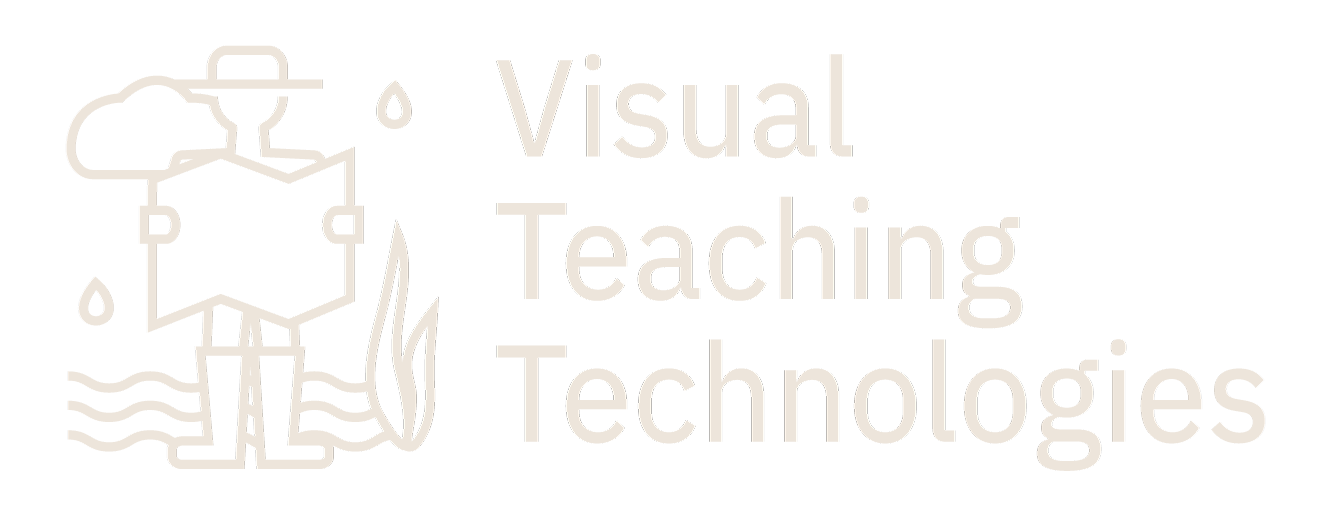I haven’t solved many problems by thinking big.
The younger me was a machine repair technician for almost 20 years. My daily headaches were always big… meaning something with our company’s name on it wasn’t working for someone else.
I became a specialist, helping other technicians who had gotten stuck. They had replaced random parts with hope, but not fixed anything. I knew I wasn’t the greatest technician, not even close, but I had a few trusted mentors who gave smart advice, and I understood how the machine’s process worked.
Through trial (and plenty of errors) and collaboration, I found the most success by talking to others and better understanding the little details.
So, my problem-solving starts with thinking small. Addressing complex challenges begins with the smallest actions. Though it takes me extra time, probably more than most, I have to become intimate with all the little pieces from the street level view if I’m to understand what we think we see from 30,000 feet.
I want to identify all of the players, events, and conditions that created the challenge and how they interconnect. To refine my order of work, predict obstacles, and confirm what is working, it is the small things that help me make more targeted actions.
I have to allow my focus to broaden or narrow along the path towards achieving the ultimate goal. My Big Solutions are found through asking countless little questions. That Big Picture is really a collage… a construct of so many tiny images.
In my 20 years as a coach, I often think, “How great would it be for me to simply describe or demonstrate a new skill, and have my learner instantly master it”? The fact is that true mastery comes through understanding the smaller fundamental building blocks that flow into that new skill.
Each small step builds strength and confidence, encouraging the continuum, and shortening the distance to achievement. Little victories move us.
Unfortunately, in working together to break challenges down into their smaller parts, we will unleash a metaphorical Giant Squid… complete with long tentacles… and those tentacles have hundreds of suckers.
Looking closer, we will see that the suckers have hooks in them. To understand the complexity of Giant Squid, we must appreciate the hooks!
Addressing challenges impacting our oceans, for example, and seeking solutions is no different. It begins with listening to the people most impacted, those who literally live by the ocean. Walking in their shoes, we will find better answers. It starts on the street or on the shore.
Be aware though, each person comes with their own tentacles, spreading outward, and always intertwined with others. Each step forward will reveal the suckers, and then the hooks.

Squid have always fascinated me.
We may think we’ve solved some problem by cutting off an entire tentacle, only to find that they can regenerate. Still, those oft-impoverished people are the beginning. They show us the past, and if we can untangle the web of tentacles, mind the suckers, and avoid the hooks… they will help us forward.
To fully grasp the ills beset on our oceans, we should first stand in the rain. Those little drops continue their infinite journeys through millennia, and hold many keys. Without them there is no tale to tell.
Every drop that falls from the sky, that forms the creeks and bayous, that feeds the rivers and flows to the bays… and all of the human impact that adds to or impacts each of those systems… that only begins to help us take the wisest actions.
Then there are the unknowns, those pesky surprises that can stop us in our tracks. The things we thought we knew (that were wrong), things that change, and things we never even considered… they are often unavoidable and seemingly large, but they are still just parts of the collage.
A few hundred years ago, if a massive tree fell across the only trail through a thick forest, travel and commerce stopped. People’s needs were delayed. If the tree was too big to move by humans or beasts, there was no getting around it.
At some point, someone would simply begin to work away at the tree with an ax. Soon, another would join in with a saw. Before long, many would be literally chipping away at the problem for the common good. Finally, when the tree was broken down to its manageable parts, things would get moving again.
Some would even find profit or benefit, harvesting some of the wood for cooking, heating, or building. They used the technology they had, got their hands dirty, and they solved the problem together.
With studies done, papers written, and so many in agreement about the stark challenges facing our oceans, maybe thinking big means we just grab a hatchet and gather on that trail. Better yet, let’s meet by the water, work with the locals, and get our feet wet… even if it’s raining.
author
John Barry
John is a senior consultant at Visual Teaching Technologies. He brings decades of coastal Caribbean fishing experience, providing a fresh perspective on today’s blue economy.



